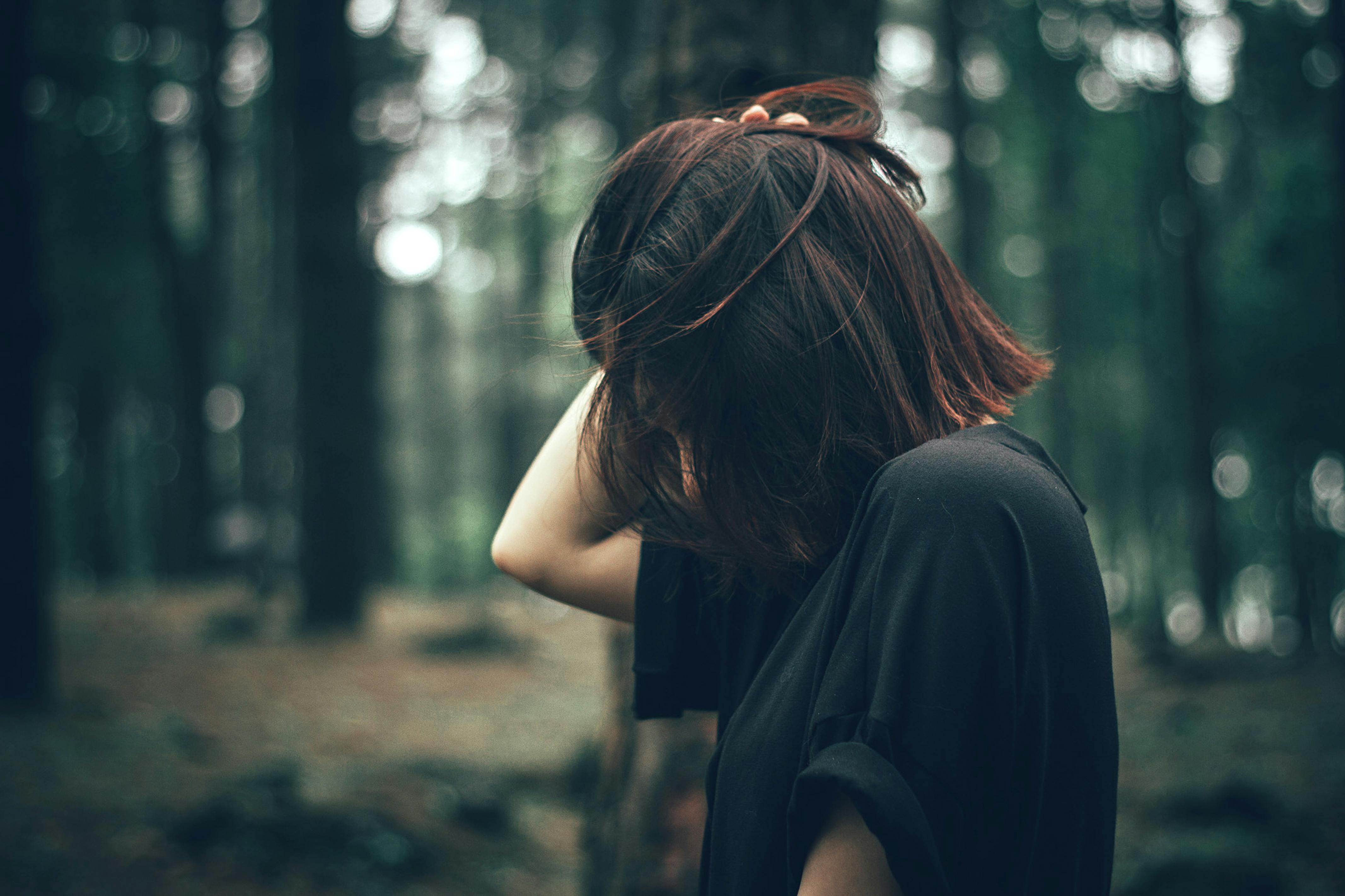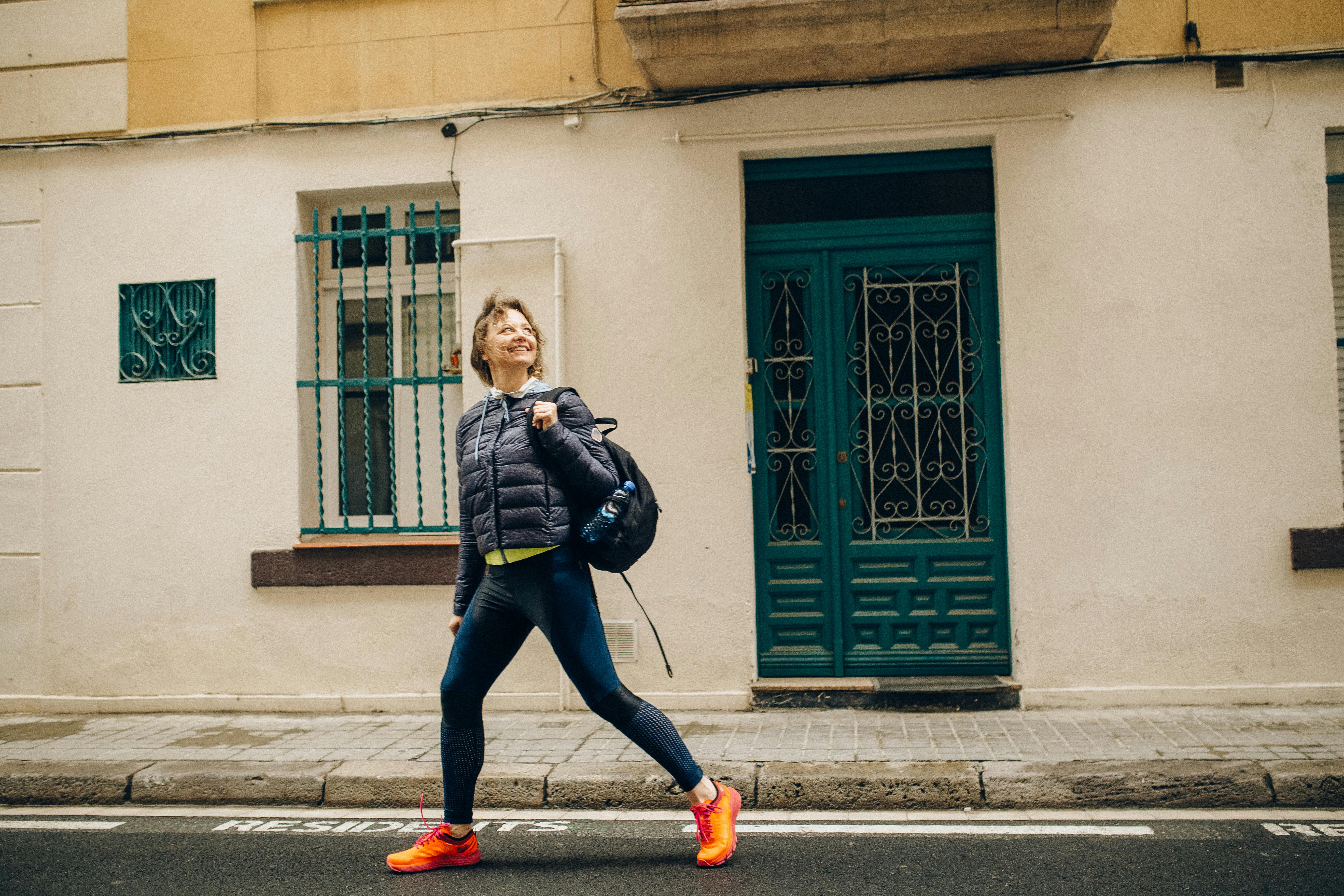Joan Miró, the legendary Spanish painter, sculptor and ceramicist, was born in Barcelona in 1893. Miró’s first years of life were nothing out of the ordinary, at the age of 14 he enrolled in the “Escuela Superior de Artes Industriales y Bellas Artes where he studied for three years. After this he took a job as a clerk in Barcelona but after suffering a nervous breakdown Miró decided that this was not the career for him so he returned to his studies, this time at Francesc Gali’s “Escuela d’Art” where he study. for another 3 years until 1915. Miró’s first real breakthrough came when he had the opportunity to show his art in 1917. Local art dealer José Dalman had shown an interest in the young artist’s early work and used the studio of him for the exhibition.
From this moment on, Miró’s career as an artist really took off. He made his first visit to Paris in 1919 and moved there a year later to become part of the Montparnasse art community. It was also here that he met his compatriot Pablo Picasso for the first time. After this, Miró would spend the rest of his life dividing his time between Paris and Montroig in his native Spain. His first solo exhibition in Paris quickly followed in 1921. Paris was the ideal place for a young artist at this time, it allowed Miró to meet many other great artists and in 1924 Miró joined Andre Breton’s surrealist movement. This gave Miró the opportunity to work with fellow surrealist artists Andre Masson and Max Ernst and in 1926 he helped Ernst pioneer his “grattage” technique. Despite his links with the movement, it has been said that he was always something of an outsider; in fact, Breton later said of Miró that he was “the most surrealist of us all”. As Miró developed his new style, he claimed that he wanted to “murder” and “murder” traditional painting techniques.
By the early 1930s, Miró’s own style was developing and he was beginning to be recognized as one of the leading artists of his time. His vibrant colors and almost amoebic forms are reminiscent of a child’s drawings. In the domestic sphere, Miró had also been married to Pilar Juncosa in 1929 and in this period he also saw the arrival of his first daughter in 1931.
Miró was an artist revered for his adaptability and his use of different media. In 1929 he began his first experiments with lithography and his first prints and sculptures also date from this time. These different forms of artistic expression would go on to form a large part of his work and, like his colleague Picasso; ultimately he would make him more accessible as an artist.
In 1936, due to the outbreak of the civil war, Miró decided not to return to Spain; moved his wife and daughter to join him in Paris. He would not return to his homeland for almost five years. Miró continued to experiment with new media and in 1944 he made his first ceramic piece. His renown was already worldwide and he made his first trip to America in 1947. He returned frequently and had successful solo exhibitions at the MoMA (Museum of Modern Art) in New York in 1951 and 1959.
Some of the highlights of Miró’s brilliant career include receiving the engraving prize at the 1954 Venice Biennale, in 1958 he was commissioned to do two murals for the UNESCO building in Paris that won the Guggenheim International Prize and in 1980 he received the Gold Medal for Fine Arts. of his sovereign, King Juan Carlos.
Miró was undoubtedly one of the greatest artists of the 20th century – his legacy lives on and a lot of his work can be seen at the Fundacio Joan Miró in Barcelona, a magnificent museum that is a good showcase for this extremely talented man.


